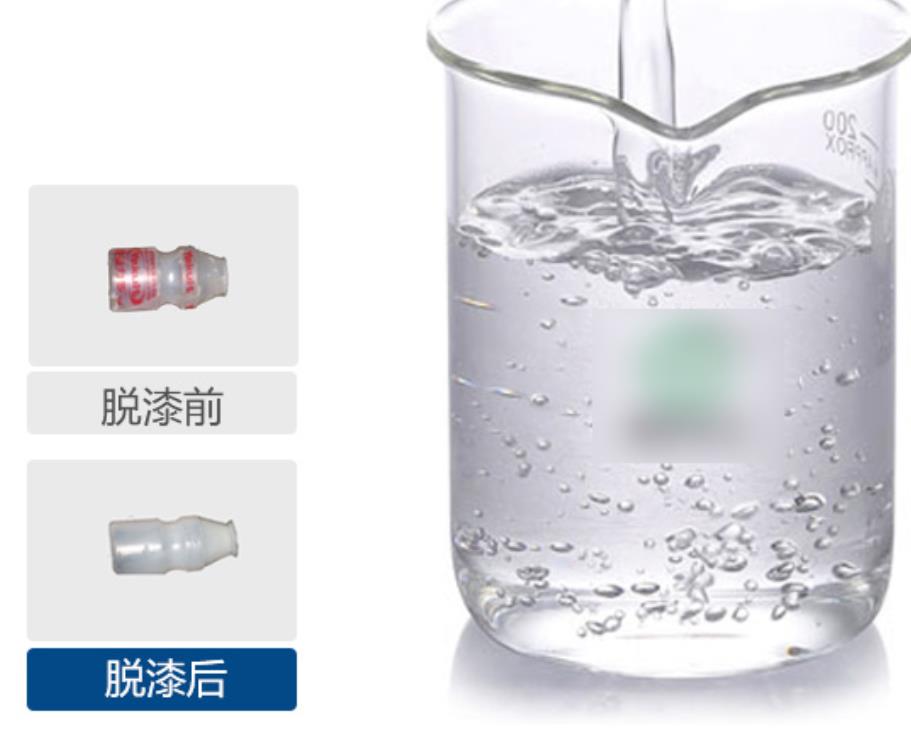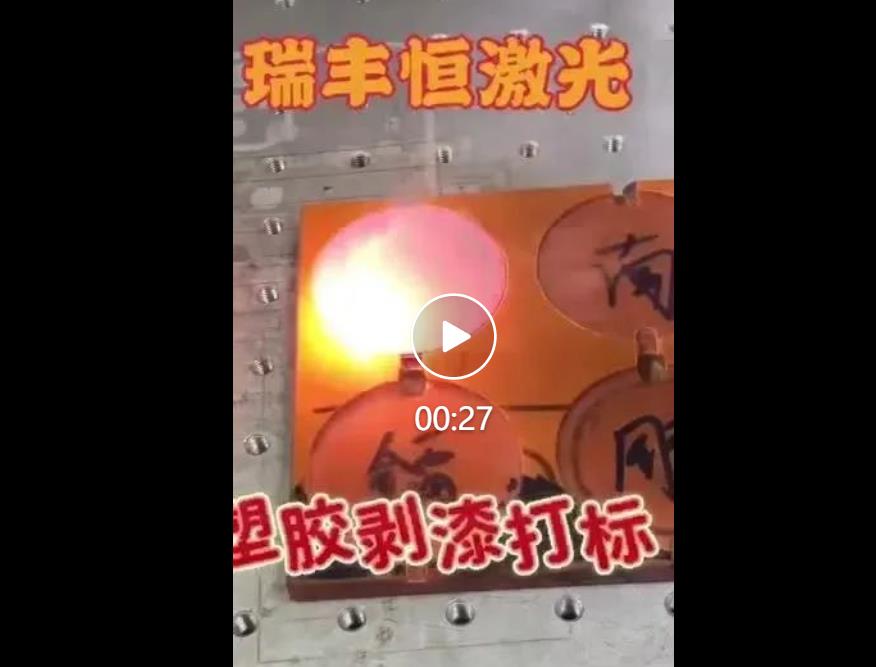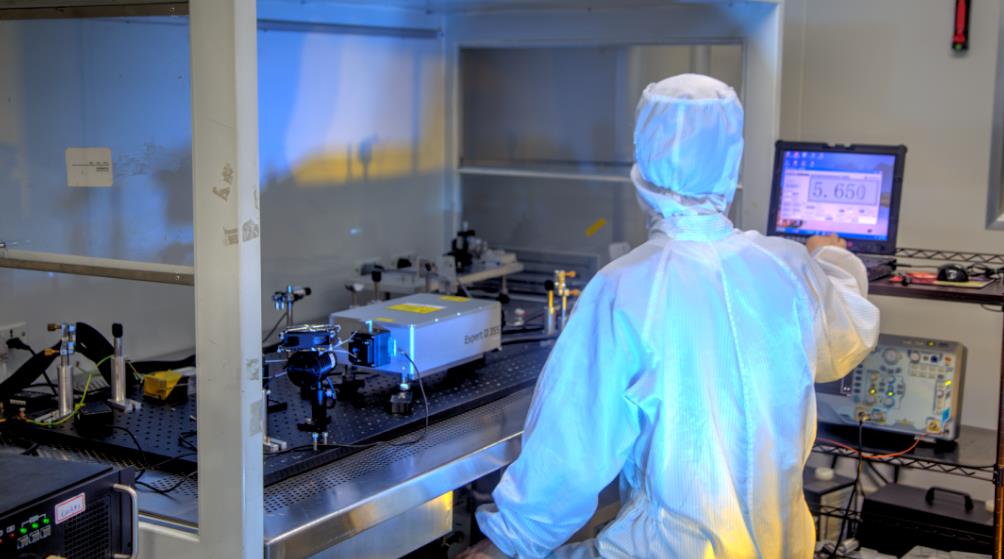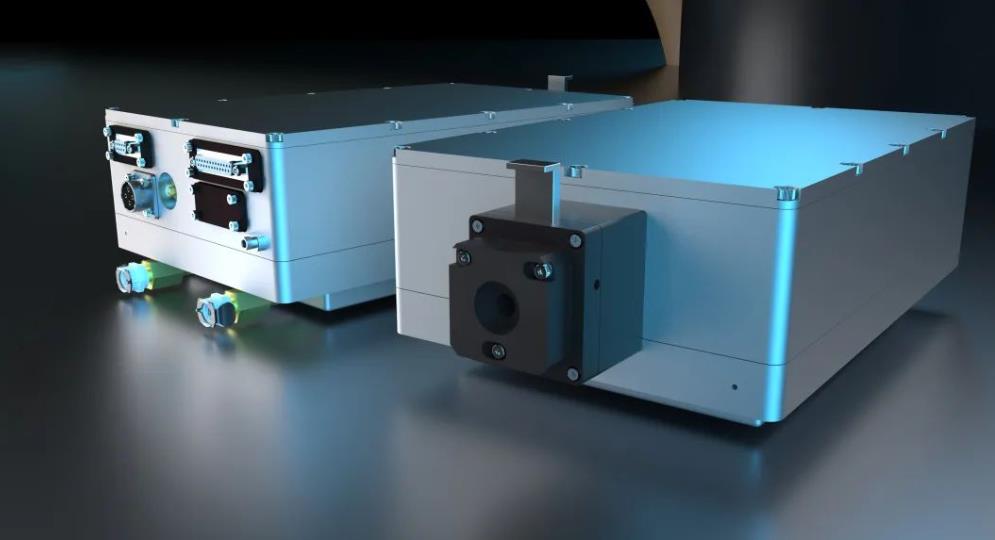
RFH 355nm UV Nanosecond Laser Strips Paint on Plastic, Wins Applause from Customers
Sep 01 , 2022RFH 355nm UV Nanosecond Laser Strips Paint on Plastic, Wins Applause from Customers
Throughout the field of modern industrial materials, plastic definitely occupies a place and plays a pivotal role. When processing plastic products, the process of "peeling paint" is the most important.
Why strip paint?
Plastic products have a wide range of applications, among which surface coating is very common, in addition to aesthetics, there are oxidation resistance, weather resistance, solvent resistance and other characteristics.
Although there are many uses of plastic coating, on the contrary, when there are problems such as coating aging, peeling, cracking, etc., or need to be re-marked, peeling paint will play a role. The process of stripping paint is as simple as peeling off the old paint from the substrate and then repainting or marking it.
In simple terms, there are only two steps, peeling paint and re-marking. Now the common method is to carry out the two steps separately. If they can be combined into one, the efficiency improvement must be huge. However, when talking about new methods, it is necessary to first understand the most common methods of stripping paint.
Commonly used paint stripping methods:
There are two most commonly used methods of stripping paint today, physical and chemical.
Among them, there are many physical methods. The more traditional ones are the sand blowing method and the knocking shovel method.
As the name suggests, sand blowing is to blow the surface of the plastic with fine sand and gravel such as emery, and peel off the surface paint by friction, and the shovel is even more straightforward.

In addition, the chemical method is to use various chemical agents to dissolve the surface paint, which is often referred to as "paint remover". However, chemical paint stripping is mainly used on metal materials, so it is easy to damage the material substrate when dealing with plastic materials, and the risk is high. .
Looking at all the methods, no matter which one is, they are all contact paint stripping, and it is difficult to control the processing accuracy. Is there a less risky, non-contact processing method?
Have!
RFH laser processing, plastic stripping and marking in one go:

Laser is a non-contact processing method. Under the RFH high-power ultraviolet laser, 20W@100K can quickly peel and mark the plastic surface, accurately control the surface accuracy, and the marking is clear and sharp without damaging the material.
Expert III 355 High Power UV Pulsed Solid State Laser

RFHExpert III 355 UV laser has a laser wavelength of 354.7nm and a wide range of repetition frequency (10kHz to 200kHz), which can be adapted to various processing schemes, and can be used for plastic peeling and marking in one go. Due to the integrated design, RFHExpert III 355 is easy to integrate with various equipment, small size, no need to make a large optical path, and unique Q-switching control technology, which is suitable for various laser application control needs.
In terms of machining accuracy, RFHExpert III 355 has a high precision of ±0.02mm, superior beam quality (M2<1.2), and is strictly guaranteed in all frequency ranges. At the same time, the pulse width is less than 25ns@50k, and the heat-affected area is very small during processing. Especially when processing plastic products, it can ensure that there are no problems such as burrs and deformation on the edge of the peeling paint, and the surface is smooth and without marks.
Finally, in terms of power supply control, RFH has the technology of independent research and development of power supply. Through the all-digital intelligent power supply control technology, it is easy to operate, easy to monitor, supports communication with computer, and can control the laser externally through RS232.

After more than 15 years of ingenious forging, RFH has developed a doctorate-level team and independently developed a laser-specific power control system. Through the modular design concept, functional modules can be improved according to laser needs.
The pursuit of new technology and absolute respect for innovation are the solid backing for the stable operation of the entire RFH laser system!